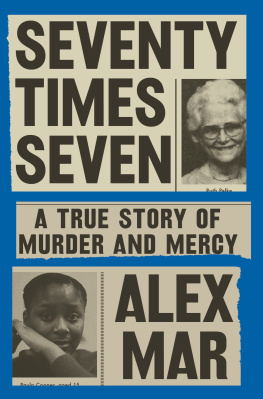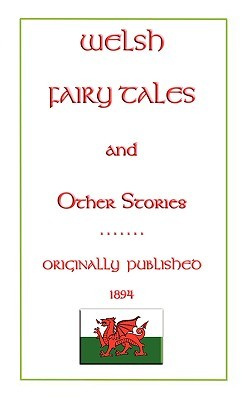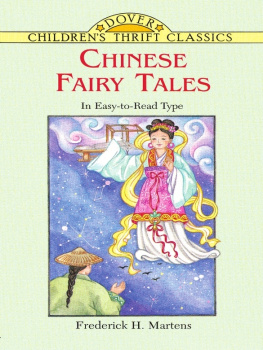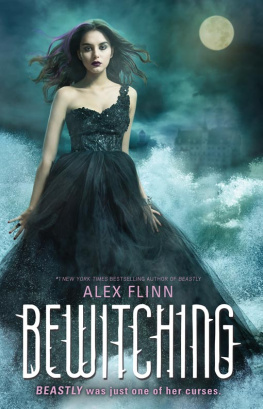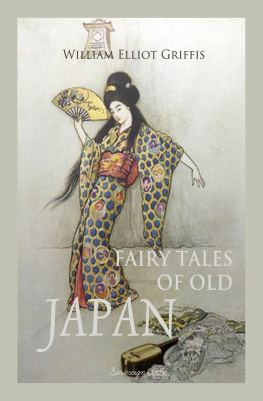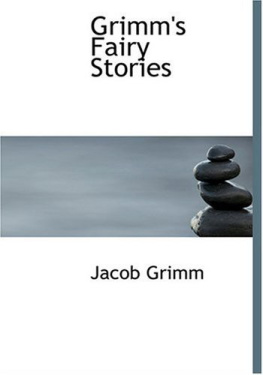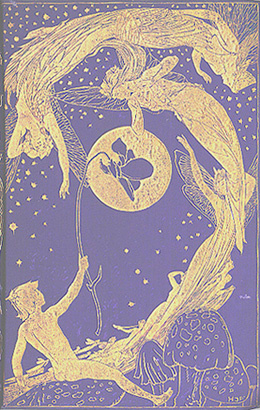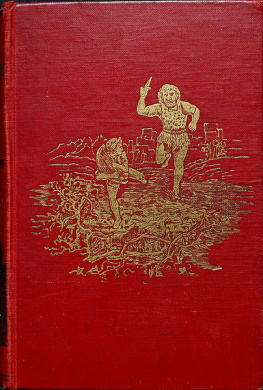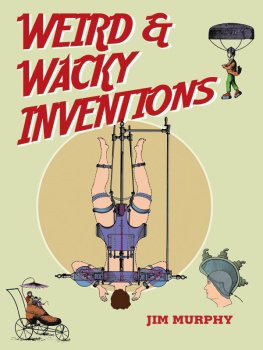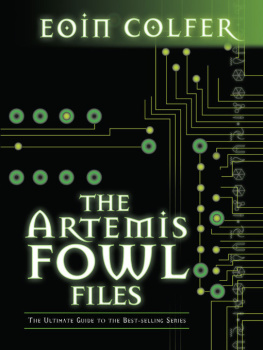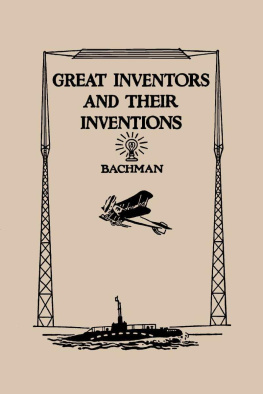Alex Mar - The Electricity Fairy (Inventions: Untold Stories of the Beautiful Era collection)
Here you can read online Alex Mar - The Electricity Fairy (Inventions: Untold Stories of the Beautiful Era collection) full text of the book (entire story) in english for free. Download pdf and epub, get meaning, cover and reviews about this ebook. year: 2019, genre: Non-fiction. Description of the work, (preface) as well as reviews are available. Best literature library LitArk.com created for fans of good reading and offers a wide selection of genres:
Romance novel
Science fiction
Adventure
Detective
Science
History
Home and family
Prose
Art
Politics
Computer
Non-fiction
Religion
Business
Children
Humor
Choose a favorite category and find really read worthwhile books. Enjoy immersion in the world of imagination, feel the emotions of the characters or learn something new for yourself, make an fascinating discovery.
- Book:The Electricity Fairy (Inventions: Untold Stories of the Beautiful Era collection)
- Author:
- Genre:
- Year:2019
- Rating:4 / 5
- Favourites:Add to favourites
- Your mark:
- 80
- 1
- 2
- 3
- 4
- 5
The Electricity Fairy (Inventions: Untold Stories of the Beautiful Era collection): summary, description and annotation
We offer to read an annotation, description, summary or preface (depends on what the author of the book "The Electricity Fairy (Inventions: Untold Stories of the Beautiful Era collection)" wrote himself). If you haven't found the necessary information about the book — write in the comments, we will try to find it.
Alex Mar: author's other books
Who wrote The Electricity Fairy (Inventions: Untold Stories of the Beautiful Era collection)? Find out the surname, the name of the author of the book and a list of all author's works by series.
The Electricity Fairy (Inventions: Untold Stories of the Beautiful Era collection) — read online for free the complete book (whole text) full work
Below is the text of the book, divided by pages. System saving the place of the last page read, allows you to conveniently read the book "The Electricity Fairy (Inventions: Untold Stories of the Beautiful Era collection)" online for free, without having to search again every time where you left off. Put a bookmark, and you can go to the page where you finished reading at any time.
Font size:
Interval:
Bookmark:

Text copyright 2019 by Alex Mar
All rights reserved.
No part of this work may be reproduced, or stored in a retrieval system, or transmitted in any form or by any means, electronic, mechanical, photocopying, recording, or otherwise, without express written permission of the publisher.
Published by Amazon Publishing
www.apub.com
Amazon, the Amazon logo, and Amazon Publishing are trademarks of Amazon.com , Inc., or its affiliates.
eISBN: 9781542003865
Cover design by M. S. Corley

A loose collection exists online, a few dozen moving images: short film clips of a woman dancing. Its a peculiar and precise spinning danceis she performing some kind of ritual? In one of these films, the dancer stands on a wooden platform, against a black backdrop, in a long, shapeless silk robe that gathers at her collarbone and flows down to the tops of her single-strap heels. Immediately, she launches into movement, tossing the silks high with her arms, cutting huge arcing shapes through space as she spins. She twirls and twirlsfaster than seems humanly possible, at the stuttering speed of those earliest moviesand her body is lost at the center of all this motion, a spinning head of dark hair, a flash of white leg. The print is painted so that the silks change color as they span the air. This film and the others like it are labeled with the same name: Loe Fuller , or simply La Loe . But the face of the dancer herself changes from clip to clip.
These moving images are from the years 1895 through 1908the turn of the twentieth century, a time when dance means ballet, waltzes, folk numbers, music-hall acts. What we are seeing in these clips is a flash, about 120 years old, of the birth of modern dance. And this heady, radical shift in dance collides with the birth of cinema: these films were made by Georges Mlis, the Lumire brothers, Segundo de Chomn, Edison Studios. They are of an era marked by the rise of the mass-produced image, and then motion pictures of moments in time made marketable, artificial memories captured on celluloid to outlast all firsthand witnesses. This is the age of false sunlight, of the human voice disembodied, etched into a tinfoil cylinder and sold for entertainment. It is the moment at which our lived experiences detached from our bodies and imaginations.
Loe herself was likely never filmed, likely never consented to it. Even though the manipulation of light became her obsessionthrough her innovations, she exploded the visual possibilities of the stageshe never subscribed to the cult of cinema.
When a human being dances in front of you, and then is still again, that movement can never be repeated. Not exactly. A peculiar human motion takes place, animated by the very same air that you, the witness, are breathing at that very same moment, and then it comes to a halt. Someone might be able to re-create that, pass on the spirit of it, but that dancethat precise moment of dancingis gone and will not come back. The dancer trusts that fugitive moment, thrives in it. It is theater; it is impermanent. You have to be there.
And so a woman lives on, still spinning across these images. What we see is not her body, but the spinning bodies of so many imitators, filmed without her permission. What we see is not her face, but the faces of many women, copycats all. These clips have been watched, collectively, hundreds of thousands of times. Loe Fuller has disappeared, but these relics, these specters, are everywhere.
In Fullersburg, a rural hamlet just outside Chicago, an infant is passed around in the dressing room of a dancing hall. Of the people packed inside, no one knows how the girl got thereuntil, finally, one woman speaks up: This is Lillies baby. Lillies baby, Mary Louise, the girl who was born in the common room of the Castle Inn tavern just six weeks before. (The winter of 1862 had been bitterly cold, and no other building in town was as warm.) A couple of the men decide to carry the baby out to entertain the crowd, as a prop. By the end of the evening, having made her debut, she is placed back in the hands of her parents.
Later on, there will be rumors that her mother once had a brief career as a singer, but that may be history trying to make sense of her daughters originsin most of the photographs that exist of Lillie, shes as austere as Whistlers painting of his mother, complete with a high-collared black dress and bonnet. Its hard to know exactly how Mary Louise becomes convinced that she requires an audience.

Lillies baby, Mary Louise, would soon be known simply as Loe.
As a teenager, her family having left their farm for Chicago, Mary Louise changes her name to the more singular, less country Loe and begins acting in farces and melodramas. Curly-haired, baby-faced Loe has a look thats unremarkable save for her eyes, which are always lit up; when offstage, she almost never bothers with makeup and has no particular fashion sense. But through determination, she lands a string of minor roles and eventually, at nineteen, goes on tour as a banjo-strumming prairie waif in one of the outdoor melodramas of Buffalo Bills Wild West show. Onstage in New York and Chicago, she appears as a second-rate singer, as a Cockney boy (not a girl who could paint her mouth heart-shaped, shes decent in drag), as a widow hypnotized by a depraved doctor.
It is in this last rolea role so small her name is omitted from the programthat Loe finds her voice. Asked to provide her own costume, she sews lengths of a gauzy white fabric to a long, thin silk skirt she owns. And at the end of the play, in the hypnotism scene, Loe improvises light, woozy, swaying movements timed to the doctors commands, raising her arms high so that she can travel without tripping on her robe. And the improv turns into a dance, with the actress rushing quickly back and forth across the stage. Her movements are so unique, so eccentricmovements she feels free to make perhaps because she is playing a hystericthat the audience moves through confusion into fascination. And though the play itself is a failure (how high can ones hopes be for a play called Quack, M.D. ?), she is a success. Loe is asked to perform the dance again, as part of a variety show. She has transformed herself from a wannabe actress into a featured dancer.
What is it? The theater manager dubs the act the serpentine dance. All that winter, Loe takes her routine on tour throughout the East Coast, the number evolving each time they perform in a theater with a better lighting rig. Though her role is small, she is mentioned in nearly all the reviews.
In 1892, Loe feels she has stalled, and she decides to reinvent herself yet againas a soloist. Something to know about Loe: as a dancer, her looks are not in step with the times. She is short, with a thick waist and thick thighs; her body is described as shapeless. But after a solid decade of random rolesa decade of struggling, smiling and singing to mixed receptionshe has a moment of clarity. She believes she is destined to become an artiste ; she will go to Paris, where real artists do their work. Without formal training, and now ancient for her new calling at thirty, Loe crosses an entire ocean, dragging her aging mother with her to Europe.
She takes her act to the Folies-Bergre, the most famous music hall in Paris and the only theater that will see her. Not yet the palace of corsets and garters it will soon become, the place is a gaudy circus of acrobats, musical clowns, and animal acts, a raucous, smoke-filled venue where you can count on finding a high-end prostitute in the standing-room section. (It costs only two francs to enter, whether you stand or sit, and the clientele ranges from the working class to the business class.) She arrives for her audition and, to her great shock, finds that her act is already on the bill: a copycatsome other recently arrived American girlhas been performing her serpentine dance, with a floor-length costume and a lot of swirling and spinning. An early imitator, one of dozens more to come. But after Loe dances for the director, he gives her a contract on the spot. The pretender can go.
Font size:
Interval:
Bookmark:
Similar books «The Electricity Fairy (Inventions: Untold Stories of the Beautiful Era collection)»
Look at similar books to The Electricity Fairy (Inventions: Untold Stories of the Beautiful Era collection). We have selected literature similar in name and meaning in the hope of providing readers with more options to find new, interesting, not yet read works.
Discussion, reviews of the book The Electricity Fairy (Inventions: Untold Stories of the Beautiful Era collection) and just readers' own opinions. Leave your comments, write what you think about the work, its meaning or the main characters. Specify what exactly you liked and what you didn't like, and why you think so.


